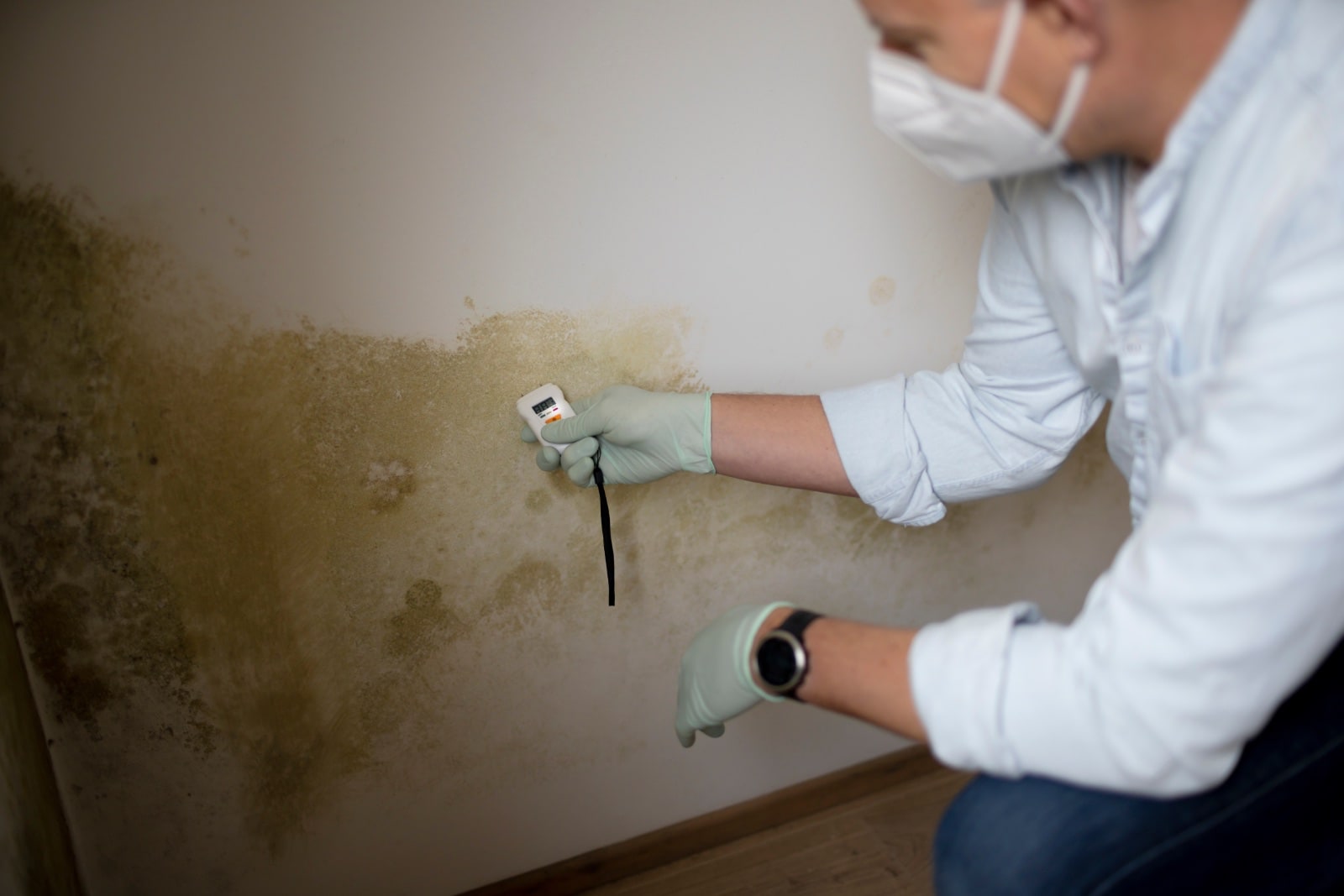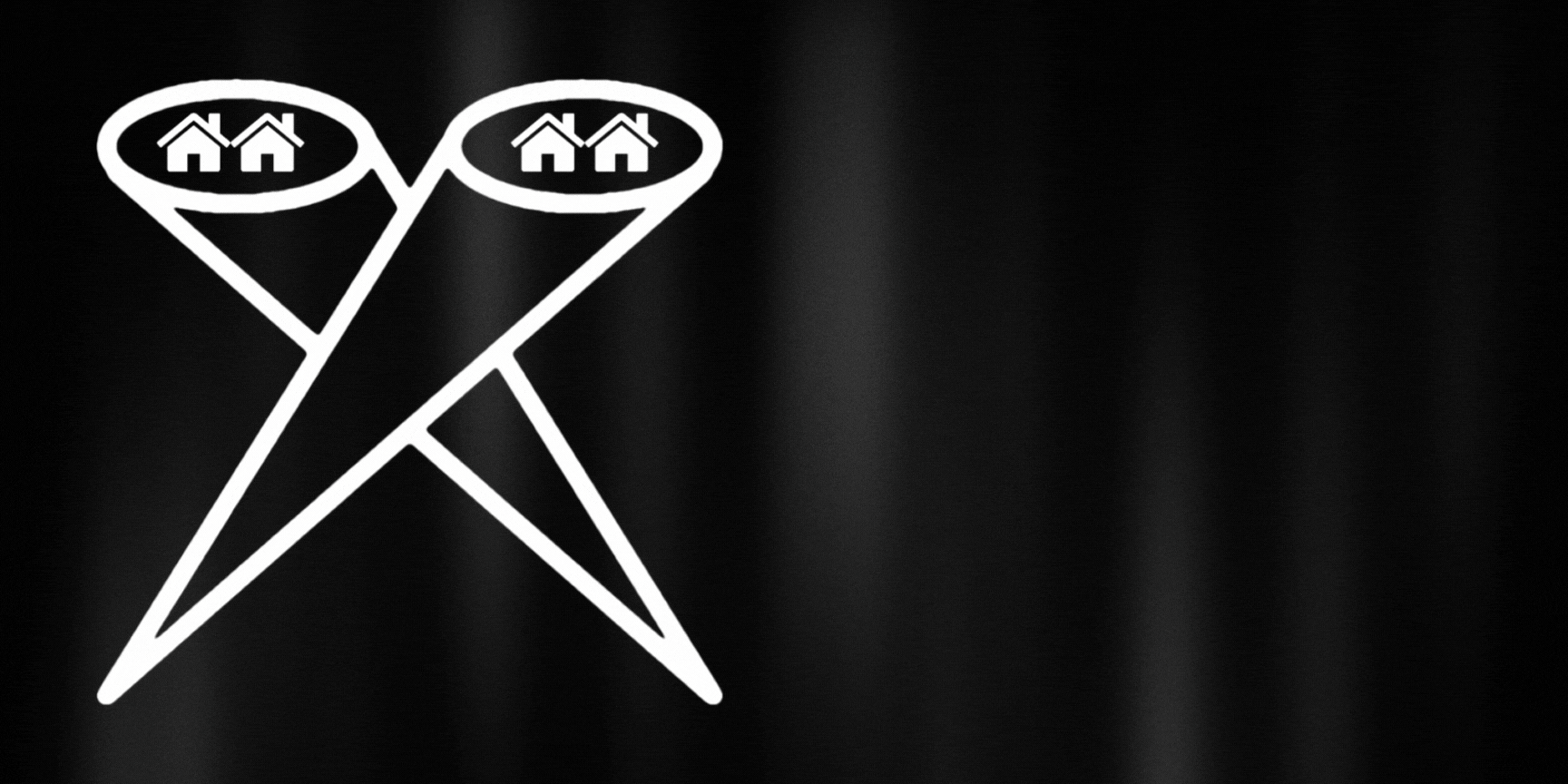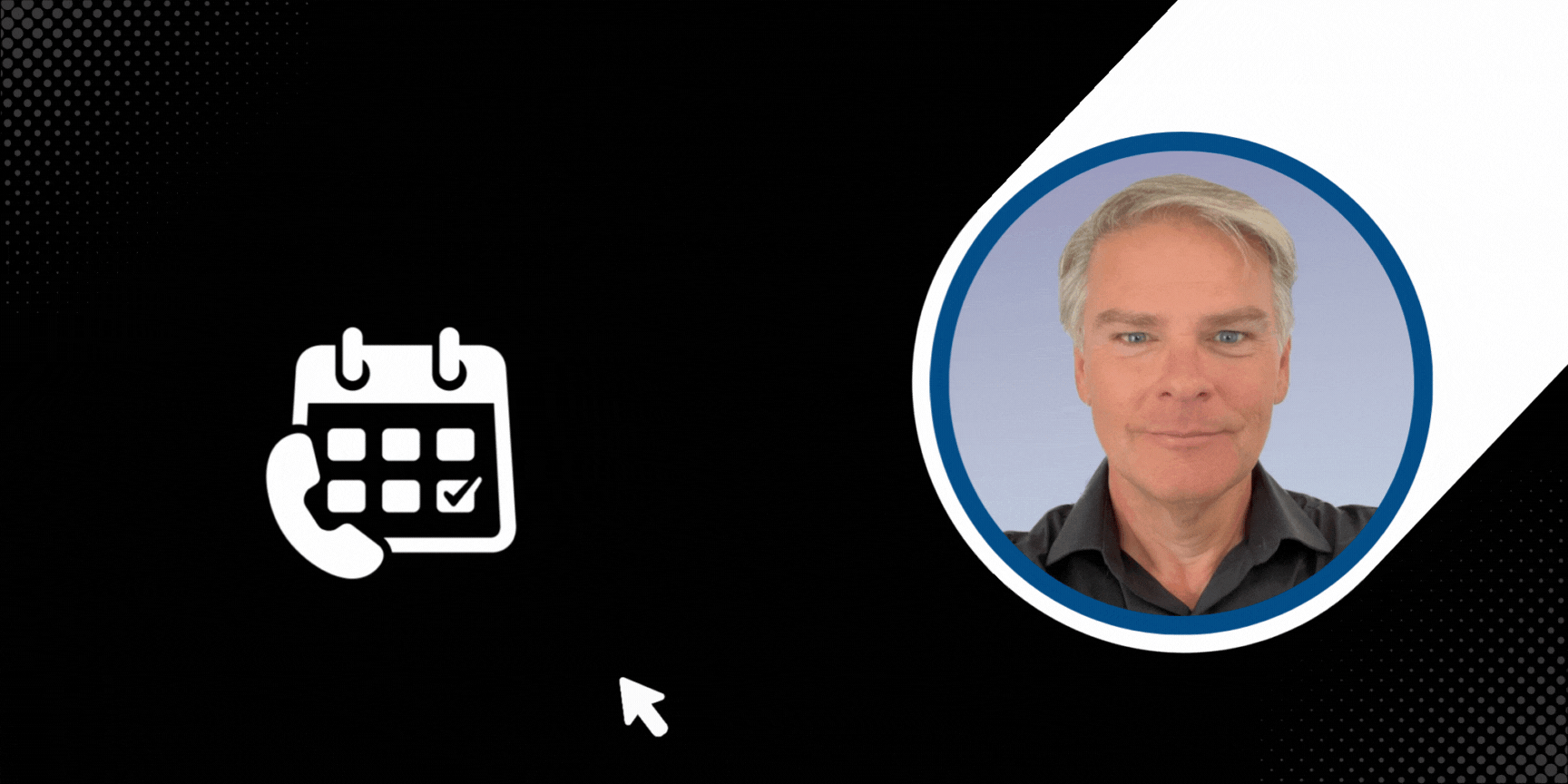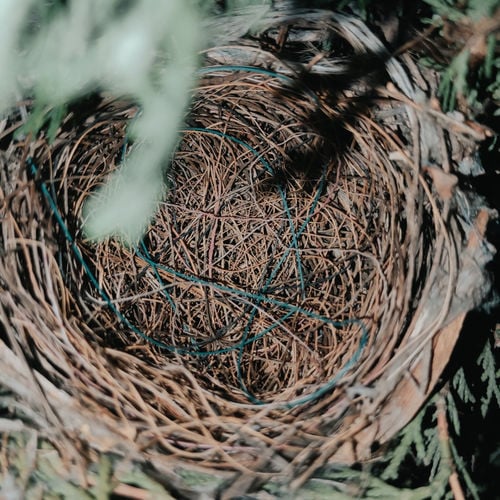Household mold is more than just an unsightly nuisance – it can significantly impact your health and the quality of your indoor air. Knowing how to identify, eliminate and prevent mold can help protect your property and your family. This comprehensive guide will provide you with everything you need to know about dealing with mold in your home.
Understanding Mold
Mold is a type of fungus that thrives in damp environments and reproduces through tiny, airborne spores. Indoors, mold can grow on a variety of surfaces, including walls, floors, appliances, and furniture. The key to mold control is moisture control. If mold is a problem in your home, you should promptly clean up the mold and fix the water problem.
Molds are part of the natural environment. Outdoors, they play a part in nature by breaking down dead organic matter, but indoors, mold growth should be avoided. Molds reproduce by means of tiny spores; the spores are invisible to the naked eye and float through outdoor and indoor air.
Health Risks Related to Mold
Molds produce allergens, irritants, and in some cases, potentially toxic substances. Inhaling or touching mold or mold spores may cause allergic reactions in sensitive individuals. According to the World Health Organization (WHO), continuous exposure to high levels of indoor dampness and mold can lead to a decrease in lung functionality and may result in chronic respiratory conditions.
In addition to people with allergies and asthma, others who may be more sensitive to the effects of mold include: infants and children, the elderly, people whose immune systems are compromised due to HIV infection, cancer, liver disease, or chemotherapy, and people with chronic lung disease.
Identifying Mold in Your Home
Any part of your home that gets wet is likely to be moldy. Check for leaks in your roof or plumbing. If water is trapped inside your walls or under your carpet, molds may grow there, although they can’t always be seen. Mold in your home can make you sick, especially if you have allergies or asthma.
Aside from visible mold, other indications of dampness problems include mold odor, water stains, cracked wallpaper, wet basements, and so on. You may suspect hidden mold if a building smells moldy, but you cannot see the source, or if you know there has been water damage and residents are reporting health problems.
Common Types of Household Mold
The most common types of mold include aspergillus, cladosporium, and stachybotrys atra (also known as black mold). Aspergillus is a fairly allergenic mold that is commonly found on food and in home air-conditioning systems. Black mold, or stachybotrys atra, is often found indoors, growing on surfaces such as wood, paper, and fiberboard. It has a distinctive odor that is musty and mildew-like.
Preventing Mold Growth
Preventing mold growth in your home involves reducing moisture levels and improving ventilation. Use dehumidifiers and air conditioners, especially in hot, humid climates, to reduce moisture in the air. Ensure proper ventilation, especially in wet areas such as the bathroom, laundry, and kitchen.
Make sure the ground around the foundation of your house slopes away from the house, so that water does not enter or collect around the foundation. Keep air conditioning drip pans clean and the drain lines unobstructed and flowing properly.
How to Remove Mold
If you discover mold in your home, it’s important to remove it as soon as possible. Here are some steps you can take to get rid of mold:
- Use Protective Equipment: Use protective equipment when working around mold. This includes an approved respirator, gloves, disposable coveralls, and non-vented goggles.
- Clean Surfaces: Scrub all moldy surfaces with detergent and water, and dry completely.
- Disinfect Surfaces: After cleaning the affected area, wipe down the wall, ceiling or floor again using a mixture of liquid household chlorine bleach and water.
- Allow Surfaces to Air Dry: Ideally, surfaces should be allowed to air dry to maximize their contact time with the bleach.
- Throw Away What Can’t Be Cleaned: Absorbent or porous materials, such as ceiling tiles and carpet, may have to be thrown away if they become moldy.
Natural Remedies for Mold Removal
If you prefer to use natural remedies to remove mold, there are several options available. Some natural mold killers include tea tree oil, baking soda, vinegar, grapefruit seed extract, and hydrogen peroxide.
Remember, it’s crucial to fix the source of the moisture problem to prevent mold from returning. It’s not enough to simply kill the mold; it must also be removed.
When to Hire a Professional
If the mold infestation in your home is persistent or covers an area of more than 10 square feet, it’s recommended that you hire a professional mold remediation expert. A professional will carry out a careful inspection of your home to determine the extent of the infestation and provide you with a written report.
Protecting Your Home from Future Mold Problems
After mold remediation, it’s crucial to take steps to protect your home from future mold problems. This includes keeping your home as dry as possible, repairing roof and plumbing leaks promptly, and using fans to send moisture outside. Additionally, ensure that all holes in the roof are watertight, and that pipes and other structures are correctly fitted.
Conclusion
Mold in your home is more than just a cosmetic problem – it can pose serious health risks to you and your family. However, by understanding what mold is, how it impacts your health, and how to identify, remove, and prevent it, you can help protect your home and your loved ones. Always remember to address the source of the moisture problem to effectively prevent mold from returning. If the mold infestation in your home is persistent or extensive, consider hiring a professional for mold remediation.





